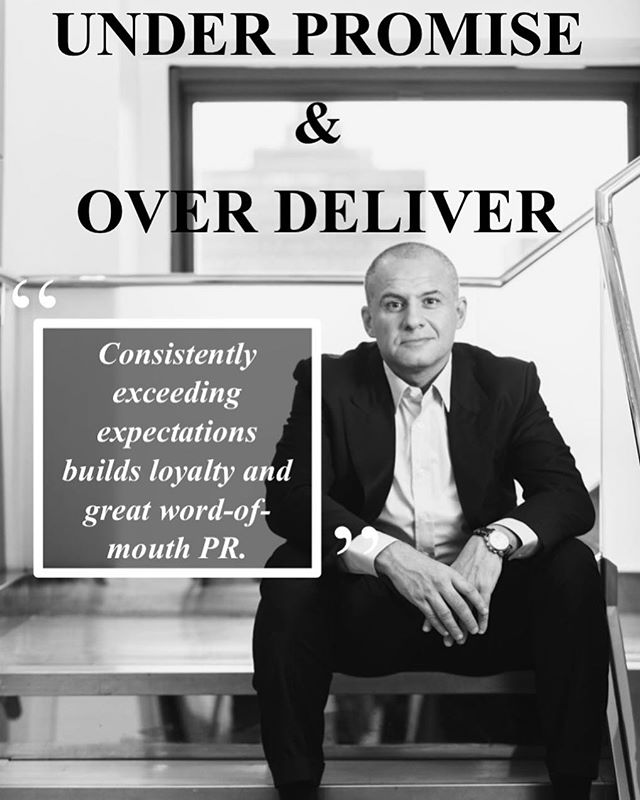
It happens to even the best, most well-known brands. A simple social media missive gone wrong can be enough to ignite an explosive chain reaction of negativity and poor public perception. For a brand that was only seeking to elevate its marketing and make a splash, this can easily be panic-inducing.
Take the recent example of a tweet from Chase Bank that quickly backfired and backed the well-known brand into a corner.
The message made a joke about finances. It follows a tried and true meme format and jokes about a low bank account balance. In many other worlds, this type of missive may have been perceived as humorous.
The tweet was intended to elicit a laugh from users who could relate. And in all fairness, several memes circulate around the internet making jokes out of perpetual poverty or the financial discomfort that many, especially younger generations, feel.
However, coming from a renowned financial institution such as Chase, the tweet had the exact opposite effect of what was intended. While the company quickly removed the message, as the tale goes on the internet the story didn’t end there. The damage had been done.
What is to be done when a marketing plan backfires like this? It can be difficult to overcome the firestorm that is consumer outrage, particularly on social media, but with a bit of concerted effort and a healthy amount of genuine contrition, repairs can still be made.
Taking ownership is perhaps the single cardinal rule of making a mistake. Yes, apologies are also a wonderful thing and, when genuine, can go a long way to repair the damage. However, many seem to think that apologizing and taking ownership of responsibility are the same thing. In fact, they are not.
When a brand properly takes ownership of a mistake — saying, “yes, we made a mistake” — can go a long way for repairing damaged customer relationships. Instead of sweeping an issue under the rug and waiting for the fervor to die down — which to be fair, does tend to happen in the world of social media — it can often be a better approach to take the metaphorical bull by the horns. A brand that doesn’t back down or hides from a mistake may have an easier time turning the tides around.
In Chase’s case, their approach seemed to be more of the latter — sweeping it under the rug and going with an apology. While a genuine and sincere apology can go a long way, it remains to be seen whether or not the company will continue to make right by who it offended with the ill-fated tweet.
Actions speak louder than words, and that is an important principle to bear in mind when a mistake happens. And, inevitably, every brand is bound to make at least one over the course of time. How the brand bounces back and shows, through actions, that they are committed to making things right will be what determines the future success of its relationships with consumers.
-5WPR CEO Ronn Torossian

Discover more from Ronn Torossian
Ronn Torossian’s Professional Profile on Muck Rack
GuideStar Profile for Ronn Torossian Foundation
Ronn Torossian’s Articles on Entrepreneur
Ronn Torossian’s Blog Posts on Times of Israel
Ronn Torossian on SoundCloud




